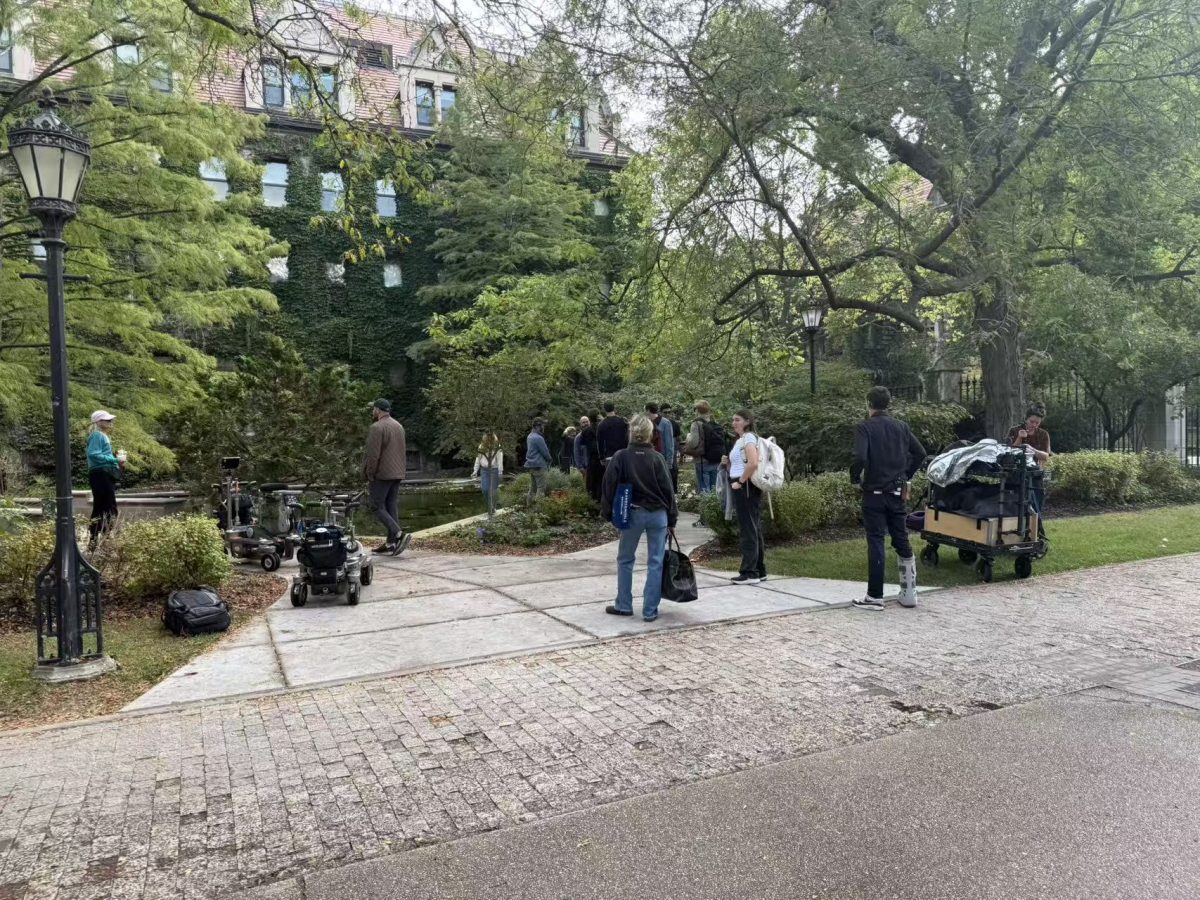A select few bloggers and reporters had the great fortune of attending an advance screening of director Zack Snyder’s film adaptation of Alan Moore’s acclaimed graphic novel Watchmen. Set in Cold War-era New York, the story begins with the murder of The Comedian (real name Edward Blake), a masked vigilante formerly employed by the government. His death sparks an investigation by Rorschach, another superhero (of sorts) that drives the main plot of the story, delving further and further into the conspiracy that surrounds Blake’s death and uniting his former collegues to help him in his search. The story culminates in the heros uncovering one of the most wonderfully maniacal plans I’ve ever read, whose consequences address the ethics of sacrifice and the burden of guilt.
While this plot is complex in its own right, Watchmen is an incredibly dense graphic novel. It also includes an alternate comic book story, excerpts from books and autobiograhies written by former costumed heros, and more than enough backstory on the characters. It is this complexity that critics say is lacking from the film; most of this additional content is cut from the film’s script. Because the movie does have a time constraint (and apparently it is long enough already), it makes sense that most of this would be scrapped. However, one cut that sparked some controversy among critics is the changed ending. The wonderful maniacal plot I mentioned before did not make it to the big screen. Without giving much away for those who haven’t read the book, I’ll just say that there isn’t a squid. Instead, the screenwriters wrote something a little less dependent on the tiny details within the novel and a little more conducive for a wider audience. While most reviewers thought the new ending worked well with the original plot, many believed that readers of the graphic novel may be a little disappointed. After reading about the new ending, without giving too much away again, it honestly sounds out of place during the Cold War. It seems out of character for those invovled and a little wrapped up in current events.
Besides this major change, reviewers say the rest of the film is incredibly loyal to its source. But this is no surprise to any reader who has seen the trailers or TV spots. Nearly all of the shots in the movie look almost exactly like their respective panels. What’s more, reviewers say the actors are spot in translating the superheros to the big screen. Rorschach is sufficiently creepy, Silk Spectre adequately sexy, and Night Owl wonderfully nerdy. Not only to they capture the personality of their characters as superheros, but they also show them as the uncertain, unstable normal people that they truly are as well.
In addition translating the novel almost panel-by-panel to the big screen, director Zack Snyder, who became known for a distinct CGI style from 300, has made the film look awesome. Critics say Snyder has matured in his use of CGI. Whereas 300 looked beautiful but also incredibly fake, the world of the Watchmen incorporates both green screen and real sets to make the film seem a little more realistic. But don’t fret. The movie is supposedly chock full of slow-mo, highly contrasting colors, and just generally awesome special effects to please the most devoted action flick fan. In fact, reviewers say Watchmen is an improved, more mature version of 300. Not only is there better art direction and cinematography, but also more sex, nudity, and violence. (On the same note, reviewers say that the film has much more gore and sex than the novel.)
Overall, loyal fans of of the novel will enjoy themselves if they keep in mind that the film simply cannot incorporate all elements of the book and instead go in to the movie expecting a good interprtation–not translation–of the story. The film looks amazing, the acting is strong, and the plot is easy to follow for a general audience. It sounds like Watchmen will be worth watching after all.








